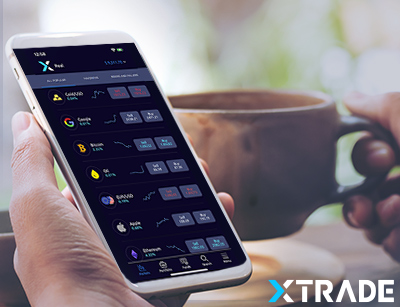What are CFD Trading Signals
By Content-mgr - on June 13, 2016CFD trading signals are rather unique and different from all other trading signals, because CFDs can do things that other instruments cannot always do. And in some cases, only CFDs can be used to implement the trade. So even through the theory of looking at market charts and deciding how to trade seems logical and straightforward, trading through futures, options or other non-CFD instruments poses limitations. Largely because non-CFD instruments are not linear, and the trade can perform much worse than expected. And by worse we don’t mean losing more on a trade, but just losing an amount different than anticipated. If the trade is a hedged trade, even losing less money than anticipated on the outright trade causes problems right away, since it indicates the trade is not symmetrical enough, or calculated well, and next time that discrepancy will translate into a loss. CFD trading signals are trading signals intended to be implemented through the use of CFDs. So the accuracy of the linear CFD contracts is used as a basis, to calculate all other trades, such as a hedging trade, which will only be triggered if the outright trade fails by a significant margin. Trading CFDs for a living is all about accuracy and knowing your losses and profits in advance. You can test these in a CFD trading simulator environment, such as the platform offered in a CFD virtual account. You will see in no time, that accuracy (or lack of accuracy), can make (or break) all kinds of sophisticated trades. And the reason for trading in a sophisticated way, is so as to achieve lower overall risk, while maintaining good profit potential.

CFD Trading Signals Require More Attention
CFD trading signals require more attention on your part, compared to classic trading signals. But the rewards make it well worth it! Since the accuracy of CFDs is unparalleled, and unmatched by any other financial instrument. Online CFD brokers facilitate top notch trading for all retail traders. Trading which makes it possible to implement trades that would have been impossible and unheard of, just 20 years ago. And all this magic is available to the small retail trader, large institutional investors cannot trade through CFDs due to natural limitations. And moreover because no one can provide the same level of liquidity to these large traders, as retail CFD traders enjoy today. But for retail traders the limits are huge, and as high as $100 per pip. They can implement $30 per pip, sophisticated forex trades, with hedging protection and multiple trades involved, all at CFD efficiency. Investment banks despite all their power, cannot do this to such an extent.
The risks in trading CFDs are no greater than those in trading other instruments. And yet the benefits are asymmetrically larger and unique. CFD trading risks boil down to natural market risks. As all poorly planned trades face exposure to the markets and confusing volatility. Traders can do better than that, by assessing risk and being willing to specifically assess open losing trades over more hours or days. As opposed to assessing risk there and then, as classic trading would have you believe. Wise CFD traders hedge an open losing trade, and dedicate more time. Oftentimes, it becomes apparent that assessing open losing trades based on price action alone, is a big mistake. All trades start out as losing trades, and only price-time analysis provides a realistic view of what is likely to follow. CFD trading risks are really minimal when one dedicates time to assess their open losing trades.
 First Deposit Bonus
First Deposit BonusFirst Deposit Bonus | Phone Verification | First Trade on us | Account Verification














